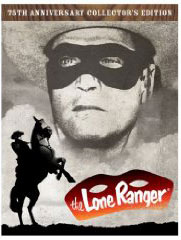
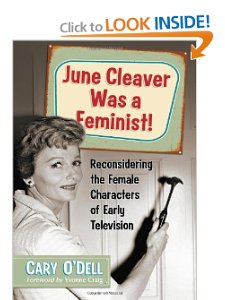
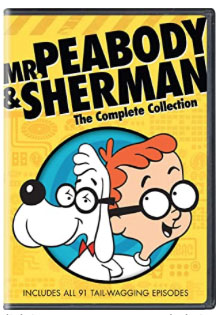

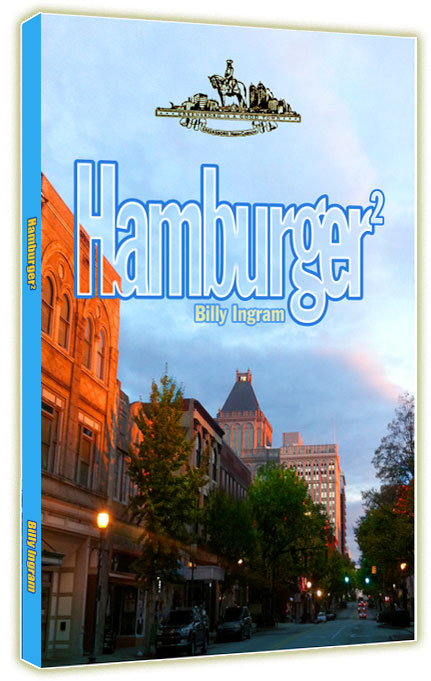
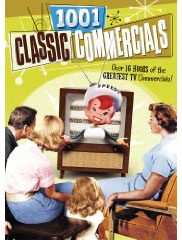

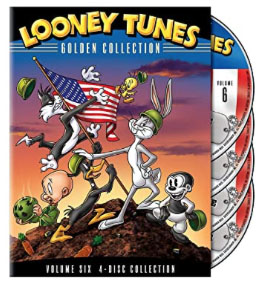
 |
 |
 |
 |
 |
 |
 |
 |
| |
|
||||||
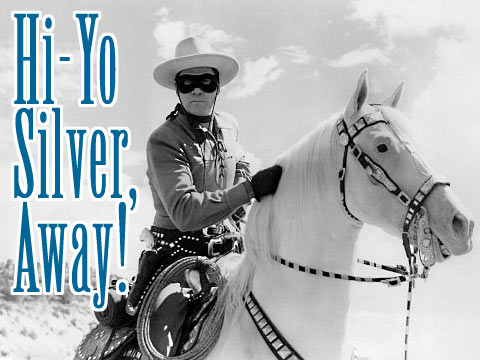
by L. WAYNE HICKS
A moderately successful actor before he brought the character to television in 1949, Moore abandoned the profession after the show's cancellation in 1957, preferring instead to live out his days as the man behind the mask. Typecasting commonly hampers an actor's career. Some rail against it before embracing the role that made them famous; Leonard Nimoy, for example, wrote the book "I Am Not Spock" in 1975 and followed that up 20 years later with "I Am Spock." But Moore seemed content to play out his part. The Lone Ranger character originated on radio in 1933, and the program followed the exploits of a former Texas Ranger roaming the West atop his steed Silver and with his faithful Indian sidekick, Tonto, alongside him. Three actors lent their voice to the Lone Ranger during its radio days, and two more played the part in 1930s movie serials.
Moore brought the role to television. The show first aired Sept. 15, 1949, on ABC. Moore wore the Lone Ranger's mask for 169 episodes. He missed 52 episodes filmed for the third season when, during an apparent contract dispute, producers replaced him with John Hart. Moore returned to the role in 1954. Moore died of a heart attack Dec. 28, 1999, at age 85. He'd stop appearing as the Lone Ranger a few years before, but for decades - even during a contentious dispute with the owners of the Lone Ranger copyright - Moore never stepped out of character, even refusing to allow himself photographed without either his mask or the large dark sunglasses he wore during his court fight. He lived by the creed of the Lone Ranger, which begins: "I believe that to have a friend, a man must be one. That all men are created equal and that everyone has within himself the power to make this a better world." "I believe, truly and always, in the Lone Ranger's creed," Moore said in a 1996 interview. "He loved being the Lone Ranger, my God, yes," John Hart says during a telephone interview. "It was his life's work. That was his whole life, being the Lone Ranger."
Moore was constantly explaining his decision to focus his full attention on the Lone Ranger. "I like playing the good guy," he said in one interview. In another, Moore said: "The Lone Ranger is a great character, a great American. Playing him made me a better person. When I go, I want them to say, "Who was that masked man?'" It's only natural, then, that Moore titled his 1996 autobiography I Was That Masked Man, in which he offered this explanation: "During the last year of the show, I became overwhelmed with the feeling that no matter what, I wanted to continue to personify the Lone Ranger. I made a decision: even after production of the series ended, I would continue portraying the Lone Ranger. If there were no more television series or feature films in which to do that, I would simply do it on my own in personal appearances. I would go out and meet the public, the people who put me where I am." Moore made two movies wearing his famous costume, The Lone Ranger in 1956 and The Lone Ranger and the Lost City of Gold in 1958. He also wore the costume in 1958 for a promotional film shown in schools in which he urged children to join the Lone Ranger Peace Patrol and buy U.S. savings bonds. A decade after the show ended, Moore could be found touring the country in a camper, making as many as 200 personal appearances a year. "Clayton Moore and the Lone Ranger, in my opinion, in my heart and soul, have become one and the same," Moore once said. "I have lived a good moral life. I believe in fair play and honesty. Clayton Moore and the Lone Ranger are alive and will always be alive in the hearts and memories of our country." Moore is so identified with the role of the Lone Ranger that his star on the Hollywood Walk of Fame recognizes both the person and the part. No other star on the famed boulevard does. But his reads: Clayton Moore The Lone Ranger
READ
- Part Two: |
Amazon Prime - unlimited streaming PR4 & PR5 Pages for Advertising
L. Wayne Hicks is a Denver-based writer and student of popular culture. He is completing his first book, the story of the TV show Romper Room. DID YOU KNOW: John Hart played The Lone Ranger for one season on TV. The original radio series starred Brace Beemer. Republic Pictures released THE LONE RANGER serial in 1938 followed by THE LONE RANGER RIDES AGAIN in 1939. "Kemosabe" is a real word from the Potowatomie Indians - it means "faithful friend" or "trusty scout." |
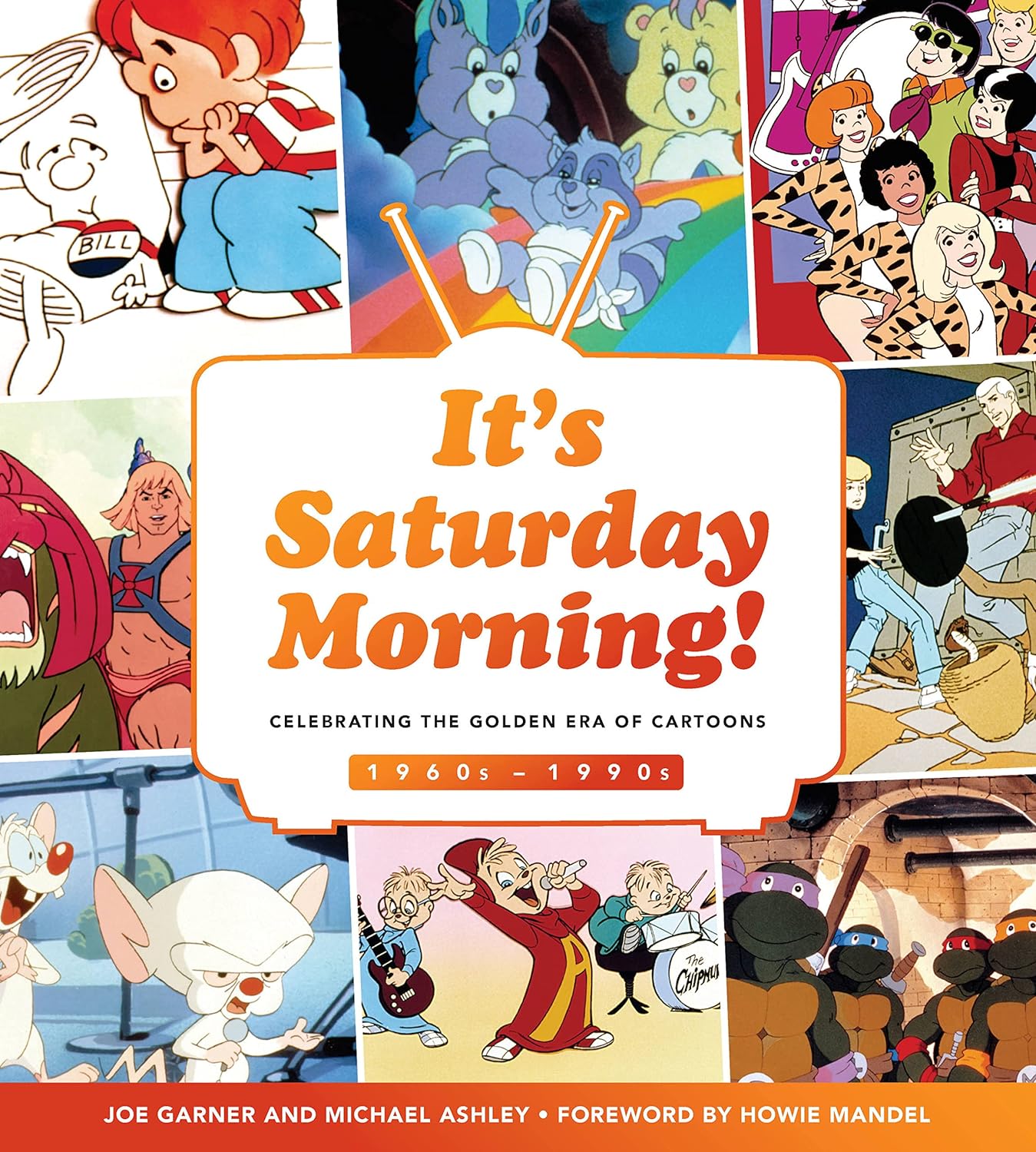 |
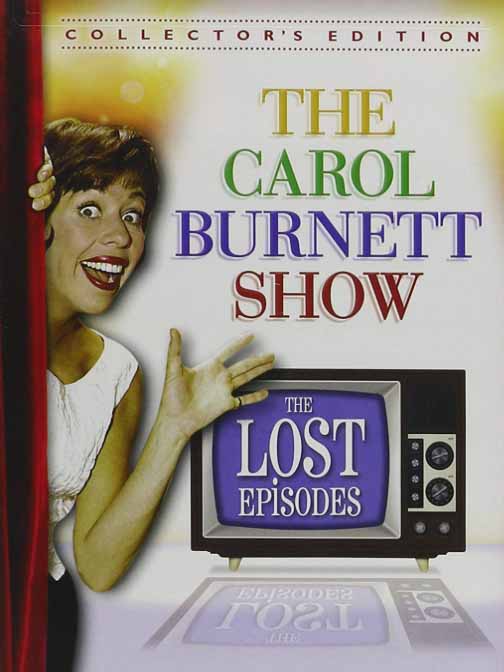 |
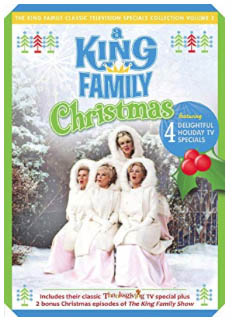 |
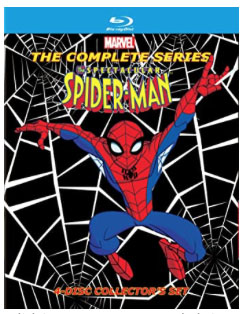 |
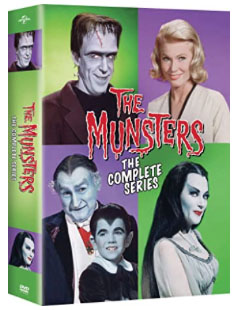 |
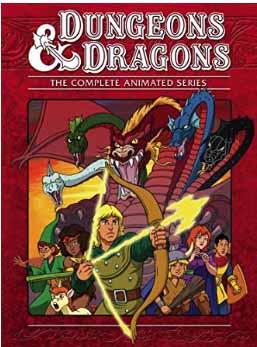 |
||
| TV
Shows on DVD/ / /
/ / / / 2009
TV Show Reviews /
/ / / / / / Cartoons
on DVD/ / / / / /
/ Holiday
Specials on DVD /
/ / / / / Classic
Commercials |
|||||||
|
|
||||||||||
 |